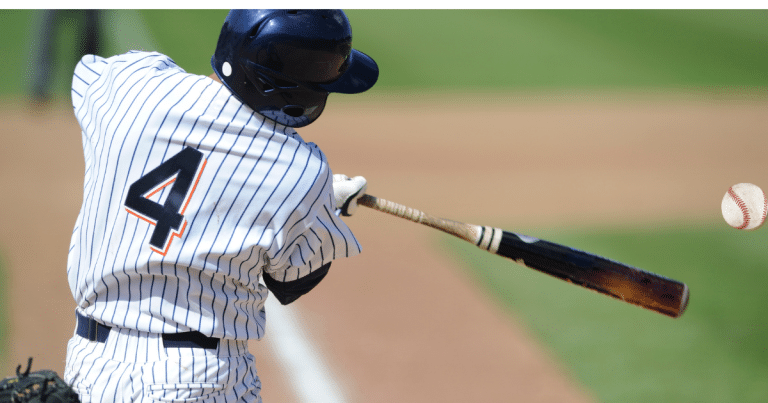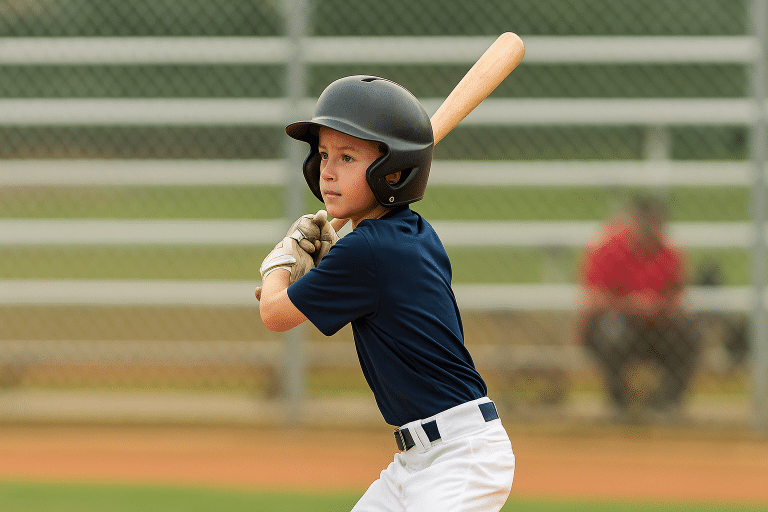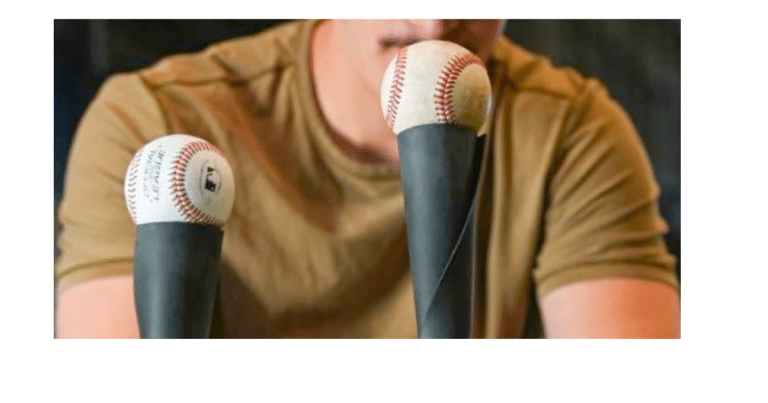The Evolution of the Baseball Swing
“Keep your eye on the ball.”
It’s the most recycled phrase in youth baseball—echoed by coaches, shouted by parents, muttered by kids.
Truth is, the swing kids are learning today barely resembles the one Babe Ruth made famous.
And with AI now breaking down mechanics in milliseconds, we’re entering a whole new era—one that blends old-school grit with high-tech precision.
So how do we help the next generation develop a swing that actually works in today’s game?
Let’s take a journey from the cigar-smoking Sultan of Swat to the sensors and smart bats shaping the hitters of tomorrow—and how you can use this evolution to help your own player thrive.
⚾ What’s Changed?
In Babe Ruth’s day, hitting was mostly instinct.
No high-speed cameras. No swing sensors. Just you, a Louisville Slugger, and a pitcher trying to ruin your day.
Now? We have:
- Launch angle metrics
- Exit velocity sensors
- AI video breakdown tools
- Biomechanical assessments
Yet even with all that tech, most youth players still struggle with one thing: the basics.
Why?
Because teaching a good swing has never just been about data.
It’s about translating feel into form—and giving players the feedback, tools, and drills to build confidence and muscle memory.
And that’s where the evolution comes full circle
Disclosure: This page contains affiliate links. If you make a purchase through one of these links, I may earn a commission—at no extra cost to you. As an Amazon Associate, I earn from qualifying purchases.

5 Swing Tips from the Past, Present, and Future
1. Balance First—Then Power
Babe Ruth’s swing started with his feet.
Watch old footage—he’s coiled, grounded, and explosive through the hips.
Modern AI swing tech confirms it: hitters with poor balance tend to compensate with upper body flails, leading to slower bat speed and more whiffs.
Coach Tip:
Start each practice with balance drills—like one-foot tee work or slow-motion swings with a pause at contact.
Player Version:
Feel wobbly at the plate?
Try “no-stride” swings during warm-up to dial in balance. Focus on staying centered before adding power.

2. Create Separation
Separation means the hands and hips are moving in opposite directions before launching the swing—like stretching a rubber band.
Old-school hitters did this naturally.
Today, many youth players “swing with their arms,” collapsing instead of coiling.
Coach Tip:
Film your hitter’s swing from the side. Pause it just before launch.
Are their hands still back while the hips are rotating? That’s separation. If not, try the “stride and pause” drill.
Player Version:
Think “twist, then snap.”
Load your hands back like you’re pulling a slingshot—and then let it fly.
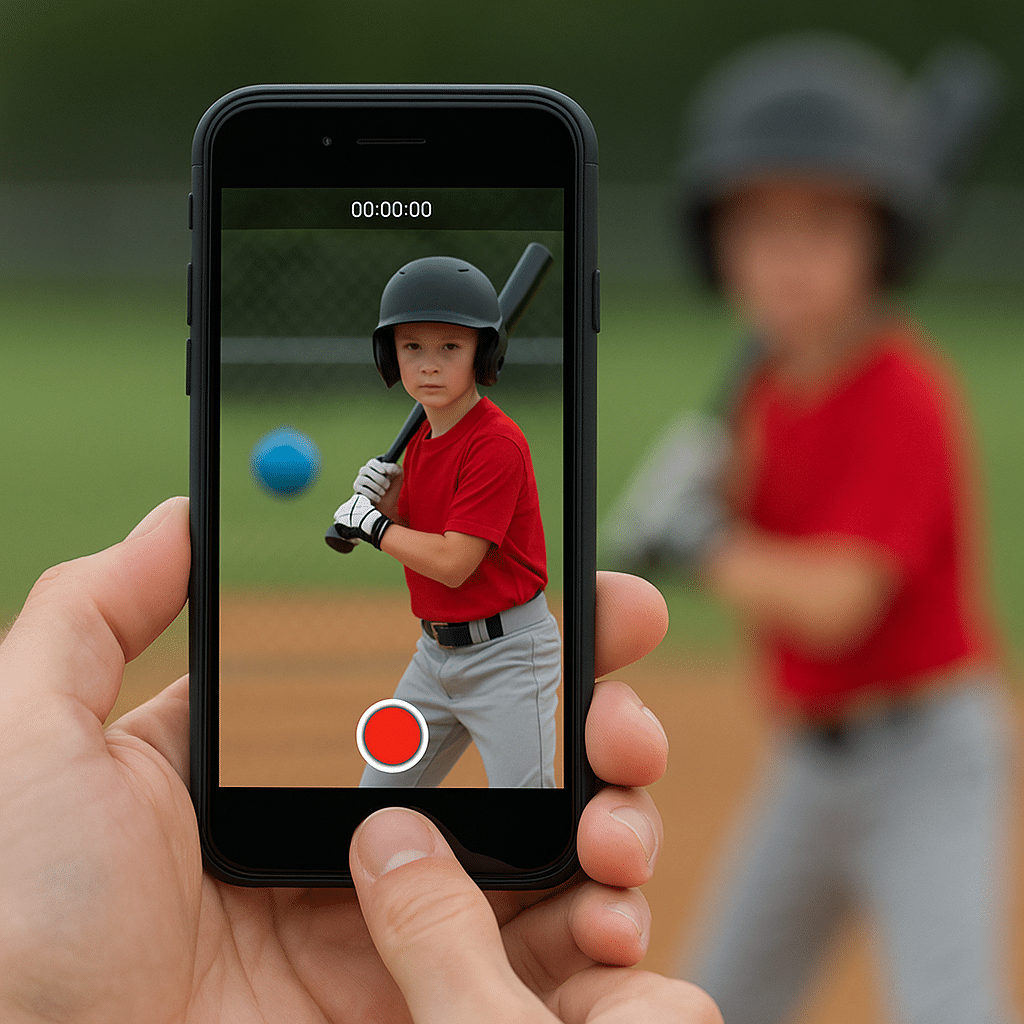
3. Use Mirror (or Phone) Feedback
Ted Williams used a mirror. Today’s kids have iPhones—and swing analyzer apps that show instant replays and angles.
But many still don’t actually see what’s going wrong.
Coach Tip:
Record a slow-mo video from behind and from the open side.
Use drawing tools to highlight elbow path, bat angle, and contact point.
Player Version:
Film yourself once a week. Ask: “Where are my hands at launch?” or “Is my back elbow too high?” Little fixes lead to big results.
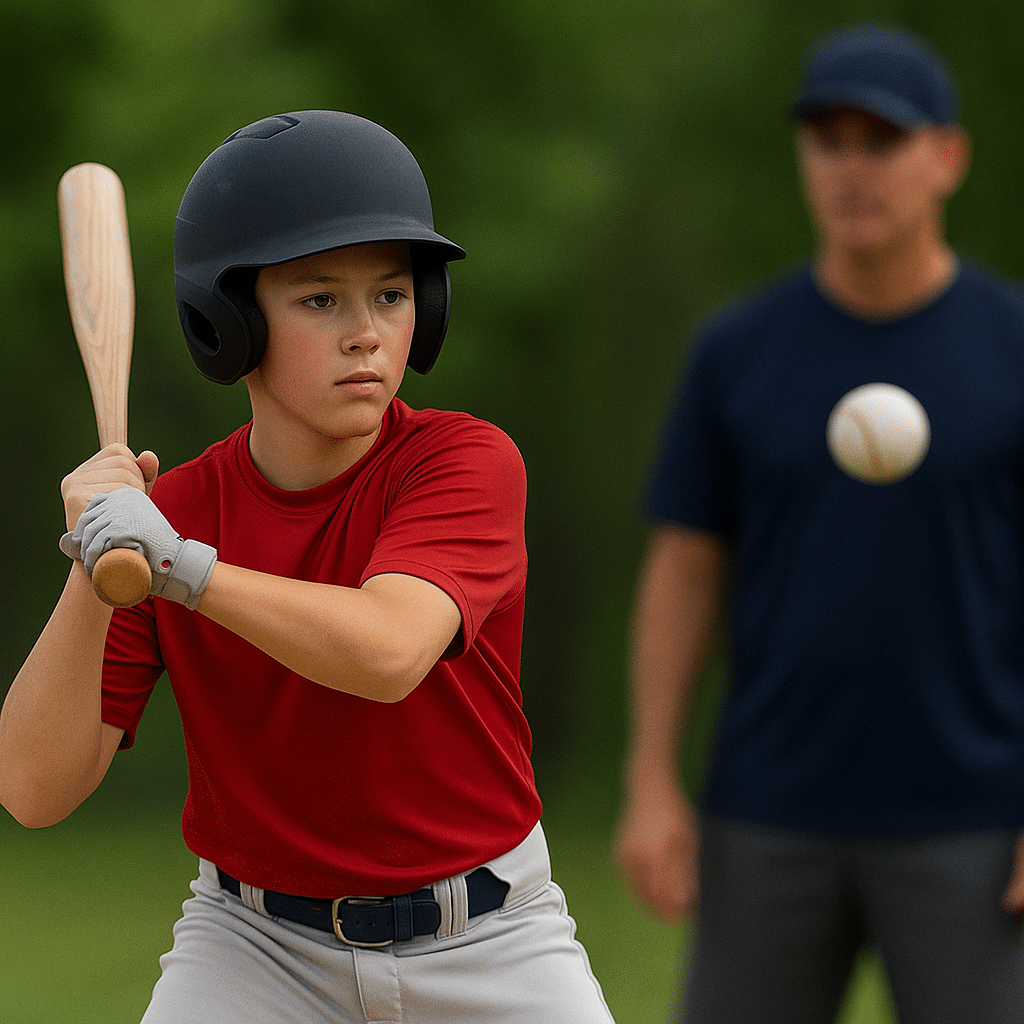
4. Train the “First Move”
Your first move tells the whole story. If your hands, hips, or head jump the gun, the swing often breaks down before it begins.
Coach Tip:
Run “first move” mirror drills or use a phone to freeze the swing at the moment the front foot lands. Watch for early shoulder rotation or hand drops.
Player Version:
Try this: take slow-motion dry swings in front of a mirror. Stop at foot strike and ask, “Am I in a strong launch position?” Fix that, and everything else improves.
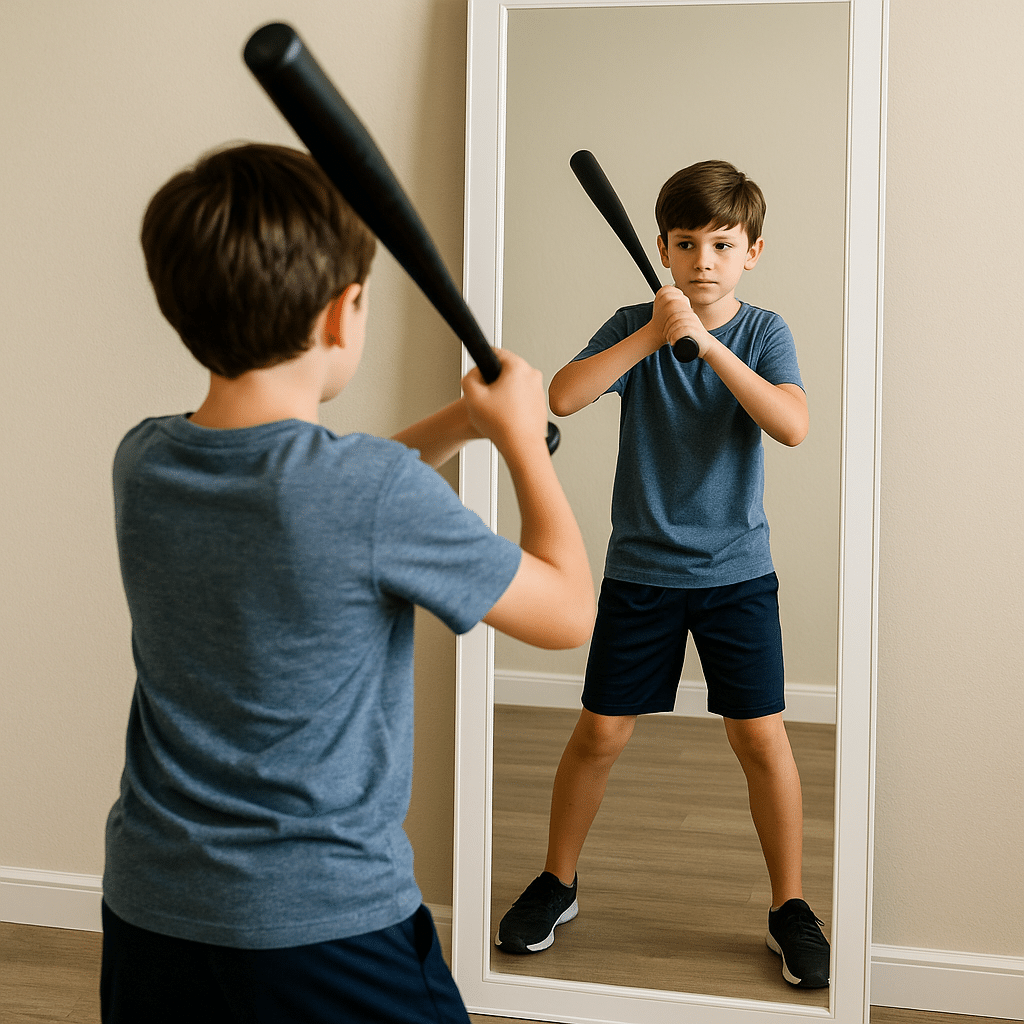
5. Let AI Fill in the Gaps
AI tools like Blast Motion and Diamond Kinetics can now provide metrics like attack angle, time to contact, and swing plane efficiency.
That’s incredible. But too much info = overload.
Coach Tip:
Pick one metric per week to focus on. For example, if your player has a steep downward attack angle, focus on leveling out the path with tee height drills and short bat reps.
Player Version:
Use the smart bat or app to compete with yourself. “Can I improve my attack angle by 5° this week?” Keep it fun, not robotic.

🧰 Training Gear
Here’s where tech meets training.
- Blast Motion Swing Analyzer – Real-time feedback on swing path, timing, and power. Pro-level insights for serious youth hitters.
- SKLZ Power Stick – Narrow barrel forces precision and clean contact. Great for warm-ups and hand-eye drills.
🧠 8 FAQs for Coaches & Parents
1. Should my kid copy pro hitters?
Not exactly. Let them be inspired—but adjust to their age, size, and mechanics.
2. Are launch angles bad for youth hitters?
Only if misunderstood. It’s about driving through the ball—not trying to hit homers every swing.
3. What’s the right bat size?
Go lighter than you think. Faster swings lead to better contact. See our lightweight bat guide for help.
4. What’s the biggest swing flaw in youth baseball?
“Swinging with the arms” instead of using the lower half and core.
5. Can drills really fix bad habits?
Yes—if done consistently and with feedback. Reps build feel. Feedback builds progress.
6. How do I talk to my kid after a bad game?
Skip the blame. Ask: “What did you feel on that last at-bat?” Curiosity leads to growth.
🙌 Final Word
The swing has evolved—but the goal hasn’t changed.
Good hitters still trust their eyes, fire from the ground up, and adjust faster than the pitcher can trick them.
So whether you’re studying Ruth’s footage or decoding AI metrics, remember this:
The best swing is the one your kid can repeat—with confidence.
Help them build that. One balanced rep at a time.
📩 Want More Swing Tips, Drills, and Gear Breakdowns?
Subscribe to High N Tight—your weekly dose of baseball smarts, tech updates, and coaching wisdom.
👉 Join Now and never miss a swing.

